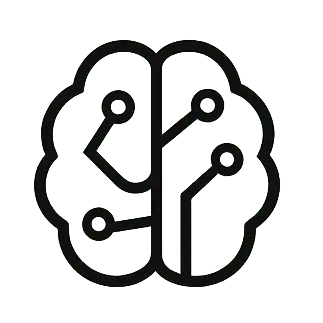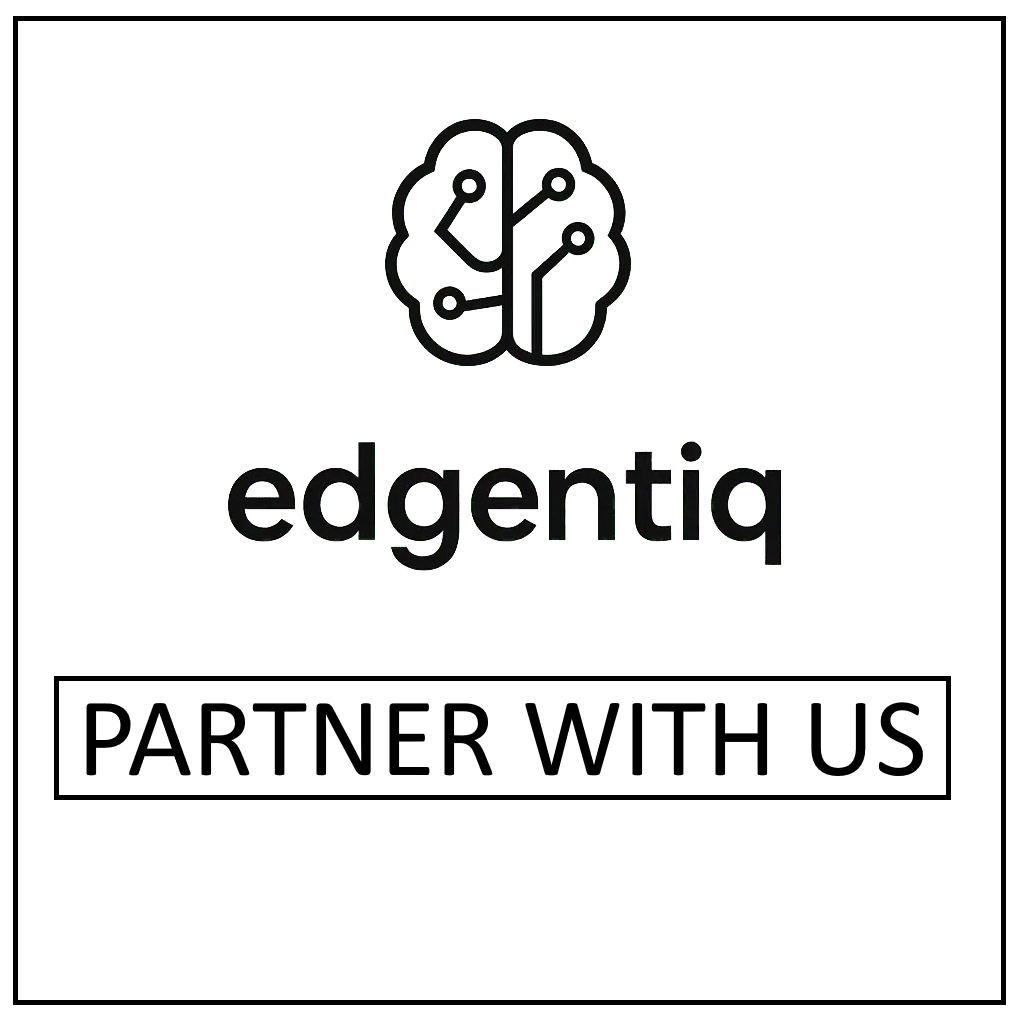TLDR: A new method called Constrained Diffusion is introduced for protein design, ensuring strict adherence to structural and functional requirements. It uses proximal feasibility updates and ADMM decomposition to integrate constraints directly into the generative process. Evaluated on motif scaffolding and vacancy-constrained pocket design, the method achieves perfect constraint satisfaction and state-of-the-art performance, significantly outperforming existing approaches in generating usable and diverse protein structures.
The field of protein engineering has seen significant advancements with the advent of diffusion models, which are powerful tools for generating realistic protein structures. However, a major challenge remains: ensuring that these designed proteins strictly adhere to specific functional and structural requirements. Existing methods often fall short when precise constraints are critical, leading to designs that might not be functionally viable.
This new research introduces a novel framework called “Constrained Diffusion” for structure-guided protein design. This approach is designed to guarantee strict compliance with functional demands while maintaining accurate stereochemical and geometric feasibility. The core innovation lies in integrating proximal feasibility updates with ADMM (Alternating Direction Method of Multipliers) decomposition directly into the generative process. This allows the model to effectively handle complex sets of constraints.
The paper highlights that traditional diffusion models learn to generate samples from an unconstrained data distribution, which doesn’t align with the need for constrained generation. Previous attempts to incorporate constraints, such as gradient-based guidance or post-processing optimizations, have shown limitations. Guidance methods often increase feasibility but don’t consistently provide constraint-adherent outputs, while post-processing can lead to samples that deviate from the natural data manifold. Projecting noisy intermediate states early in the sampling process has also been shown to disrupt the diffusion trajectory.
To overcome these issues, the Constrained Diffusion framework rethinks constrained diffusion through the lens of stochastic proximal methods. Instead of projecting noisy intermediate states, it applies final-state corrections. Proximal steps are applied to a predicted clean posterior (a less noisy estimate of the final structure), and this feasible clean state is then renoised. This process steers the sampling trajectory along the data manifold, ensuring exact feasibility at the terminal state.
How the Constrained Diffusion Method Works
The method involves a three-stage reverse diffusion step:
1. Clean state prediction: The model predicts a clean structure from the current noisy state.
2. Feasibility step (proximal projection): Feasibility requirements are applied to this predicted clean state using a proximal map. This step corrects the prediction to enforce constraints.
3. Forward renoising: Noise is reintroduced to the corrected clean structure, generating the next noisy sample in the reverse chain.
A key aspect of this framework is the decoupling of global topology from local geometry using ADMM. Protein design involves both local constraints (like bond lengths and angles between consecutive atoms) and global constraints (like long-range residue interactions or specific binding motifs). Enforcing global constraints can often disrupt local stereochemistry. The ADMM scheme separates these, allowing the local block to repair stereochemistry and stay close to the denoiser’s prediction, while the global block focuses on long-range feasibility.
Also Read:
- TangledFeatures: Untangling Correlated Data for Clearer Scientific Insights
- Enhancing Robustness in Causal Optimization with G-Causal Normalizing Flows
Experimental Validation and Results
The researchers evaluated their approach on two challenging protein design tasks:
1. Motif scaffolding in the PDZ domain: This task involves designing protein backbones that incorporate a specific peptide binding motif while maintaining the structural integrity of the PDZ fold. This requires satisfying global inter-chain covalent constraints, such as precise bond lengths and angles.
2. Vacancy-constrained pocket design (molecule encapsulation): Here, the goal is to design protein backbones that fit exclusively within a defined, non-convex spatial region, avoiding an exclusion zone, while preserving local geometries and secondary structures.
In the PDZ domain task, existing state-of-the-art methods like RFDiffusion, Recentering of Mass Guidance, and Constraint-Guided Diffusion failed to produce even a single sample that perfectly satisfied the bonding distance and angle constraints across nearly one hundred thousand samples. These baselines often generated incorrect secondary structures. In stark contrast, the Constrained Diffusion method achieved perfect constraint satisfaction, generating usable structures in 21.0% of total generations, significantly outperforming all baselines. It also showed better radius of gyration (indicating compactness) and diversity.
For the molecule encapsulation task, standard diffusion and recentering guidance also struggled with constraint satisfaction. While constraint-guided diffusion showed better performance in feasibility, it often resulted in unfolded conformations, compromising structural realism. The Constrained Diffusion method again achieved perfect constraint satisfaction, producing an impressive 97.8% usable samples, which is 4.8 times more than the nearest baseline. It also maintained structural plausibility and compactness.
This research introduces a novel curated benchmark dataset for motif scaffolding in PDZ domains, providing a new standard for evaluating constrained diffusion methods in modular domain engineering. The findings demonstrate that this constrained diffusion framework offers a vastly more viable approach to protein engineering, capable of handling both local stereochemical properties and enforcing global functional constraints with high precision. For more technical details, you can refer to the full research paper available at arXiv:2510.14989.


